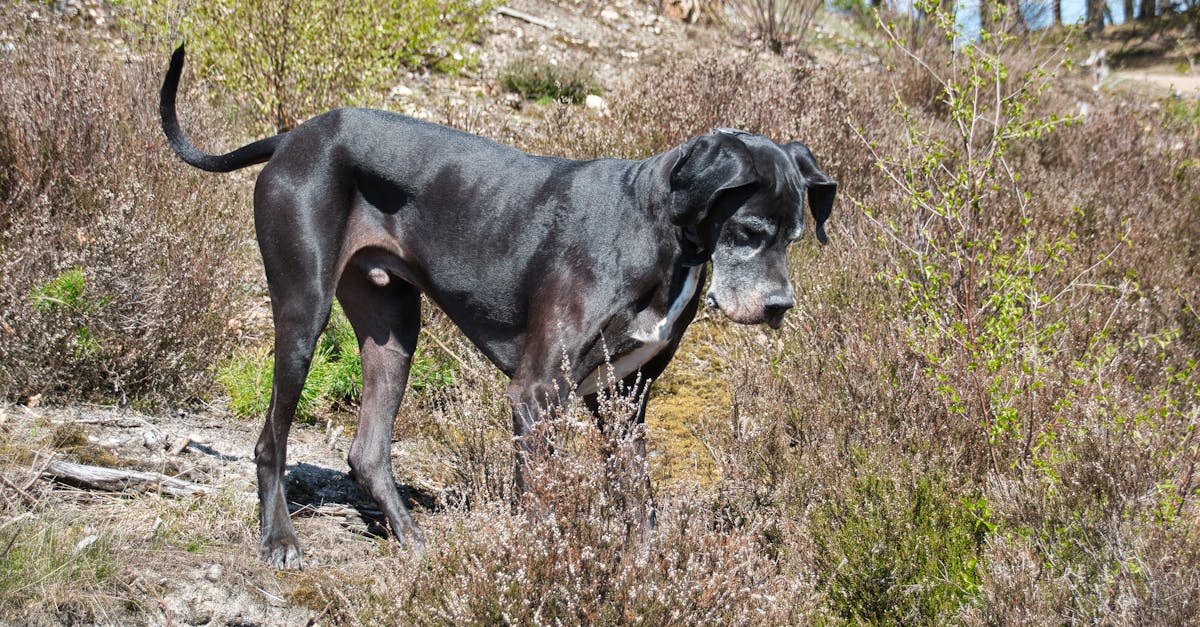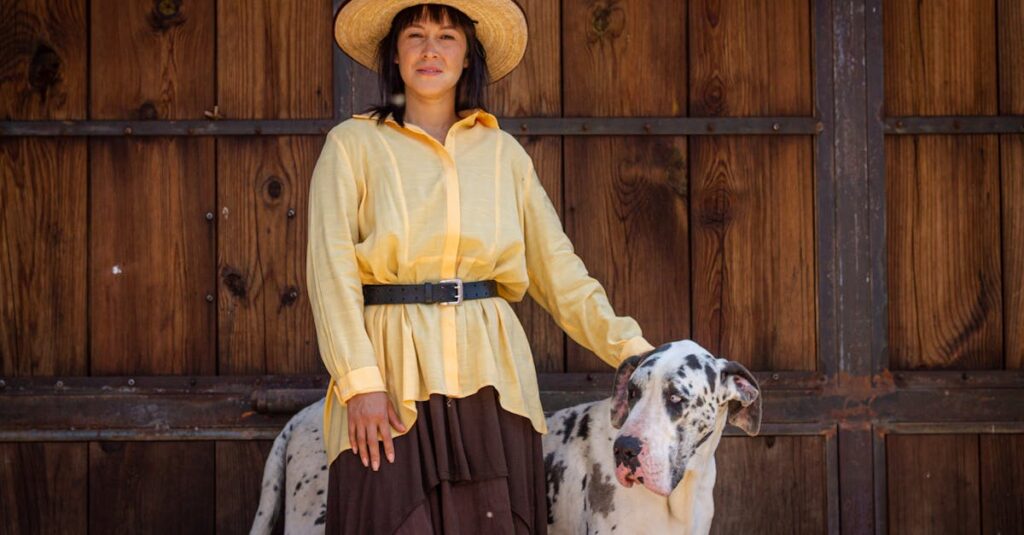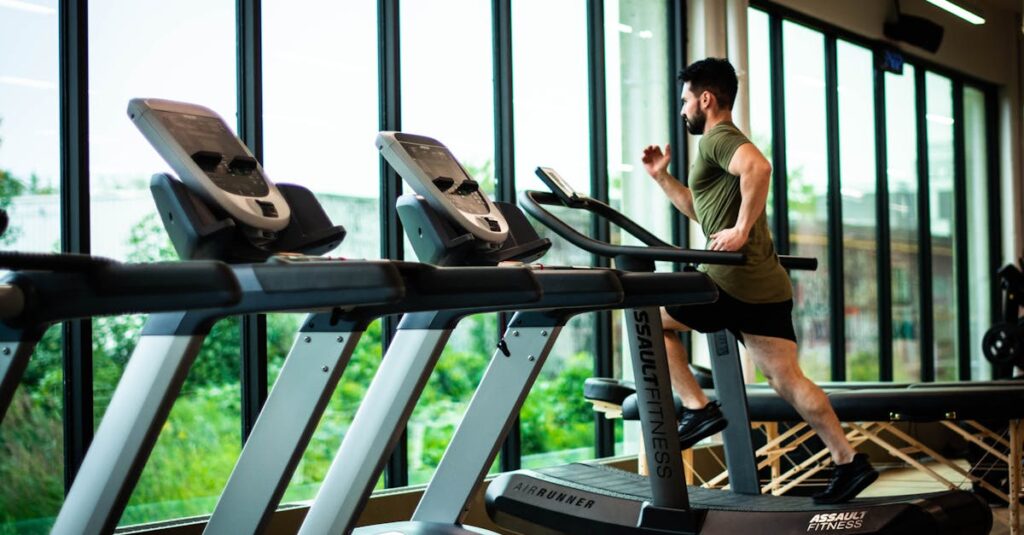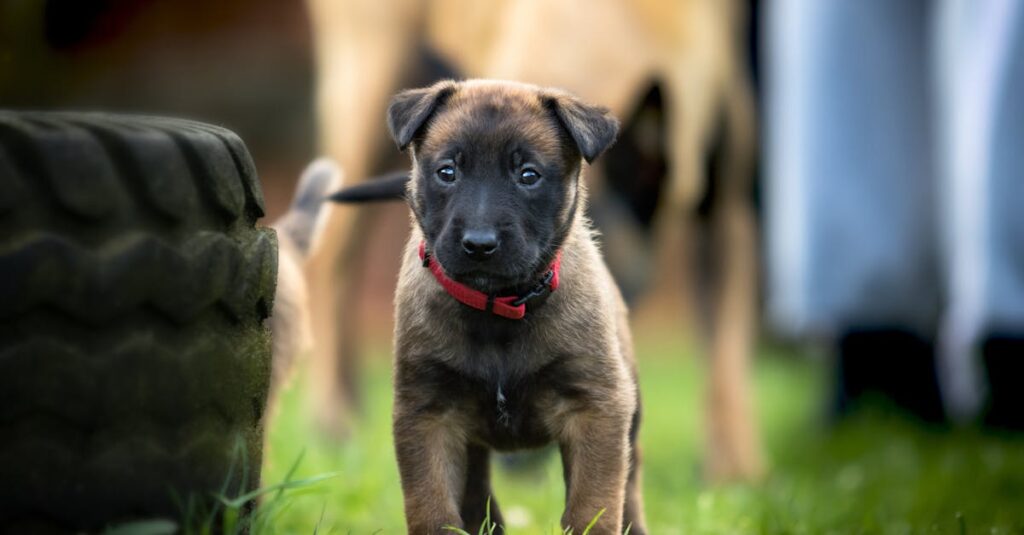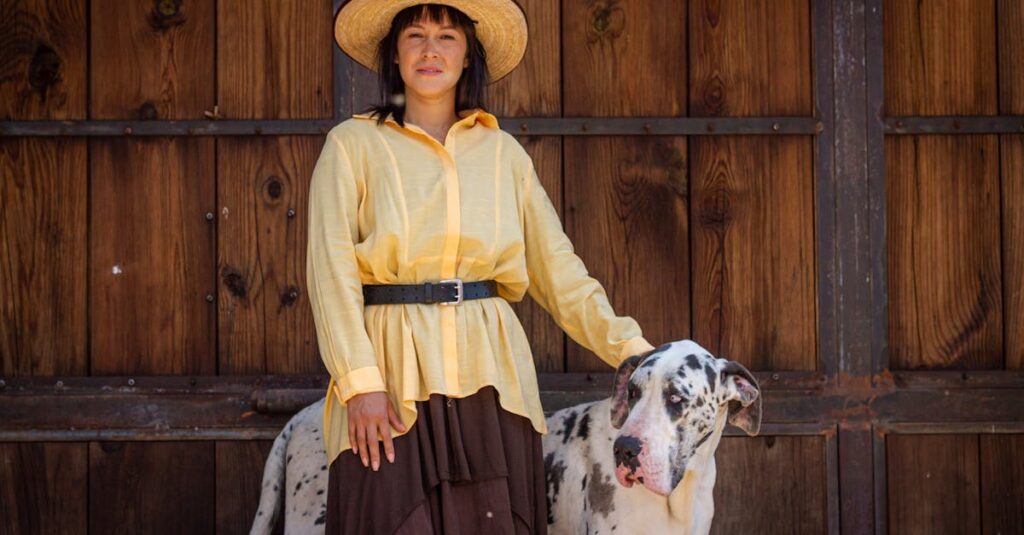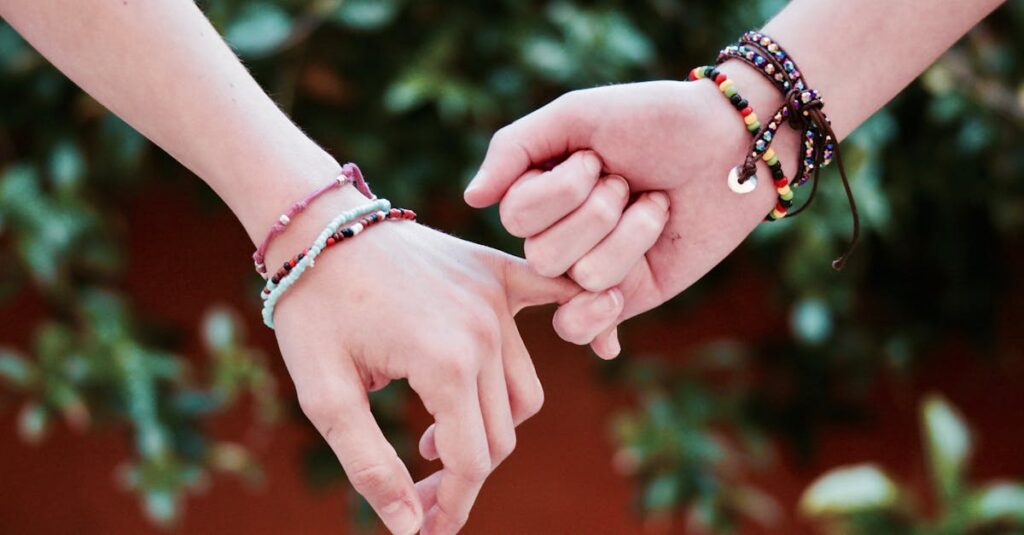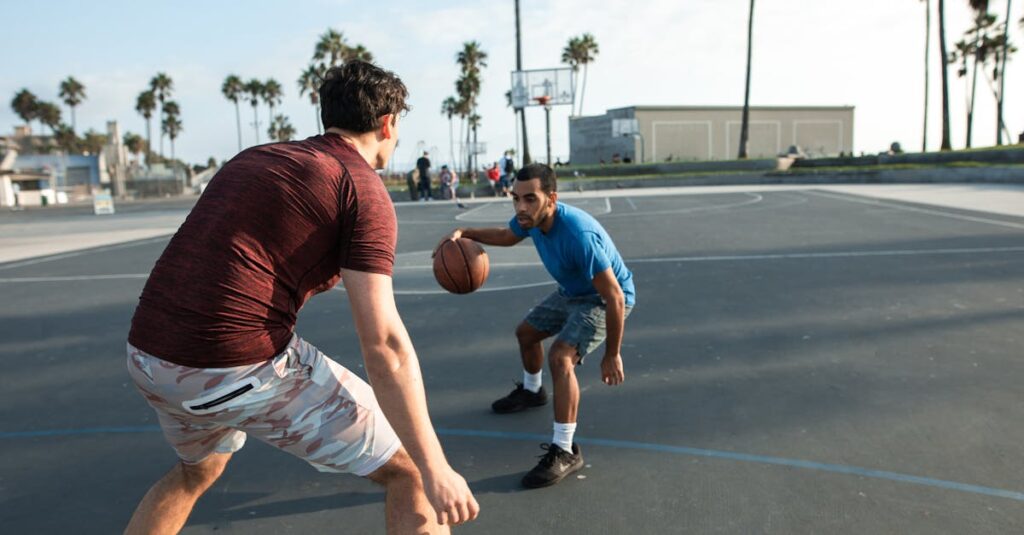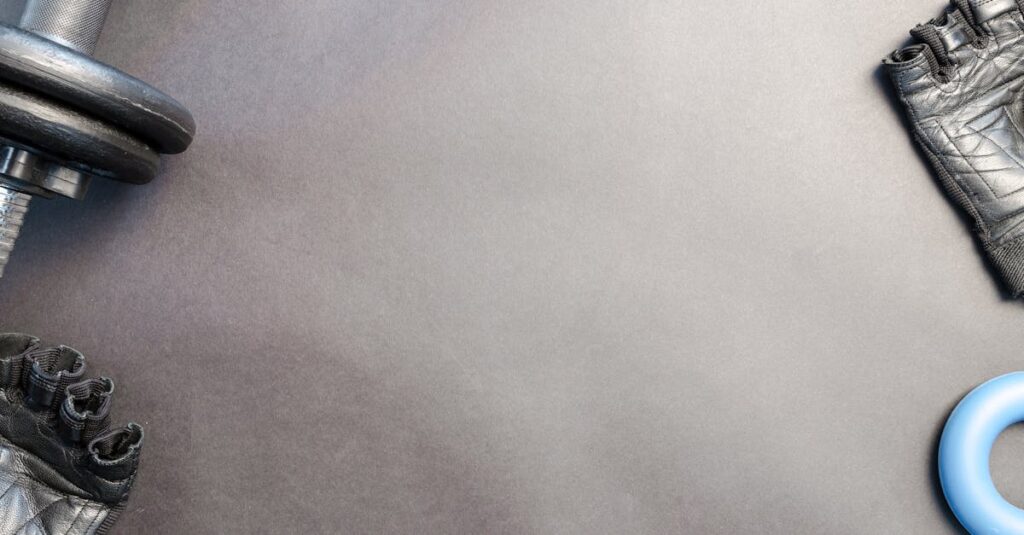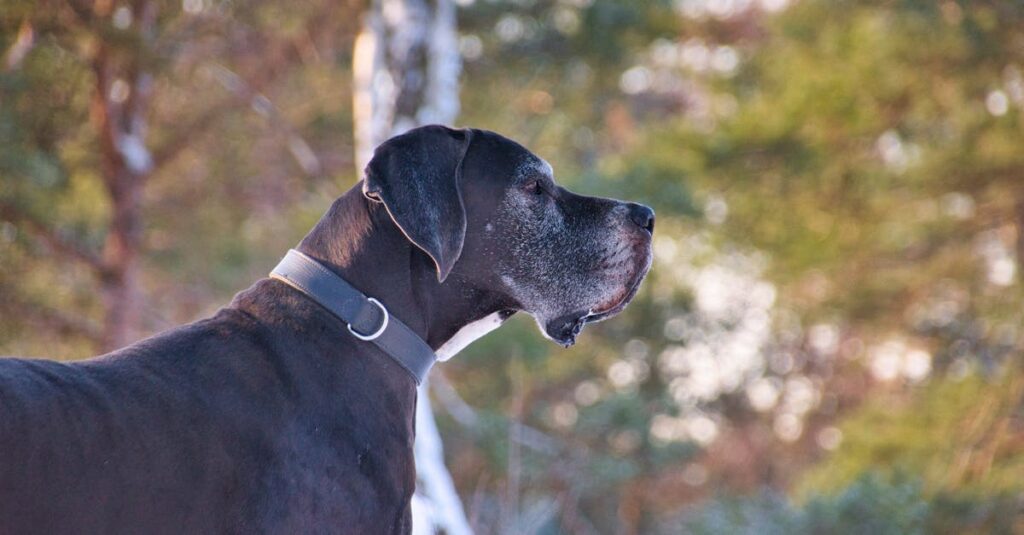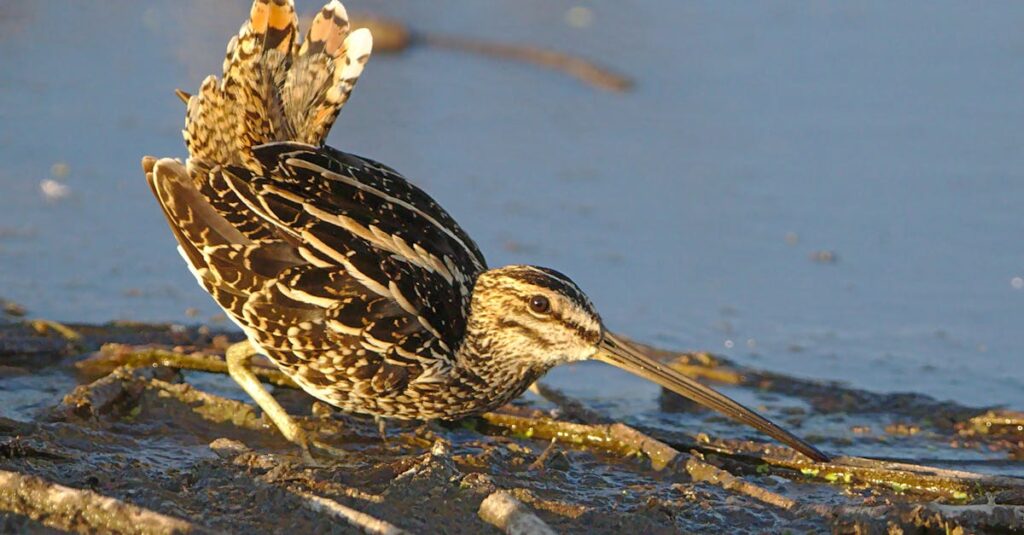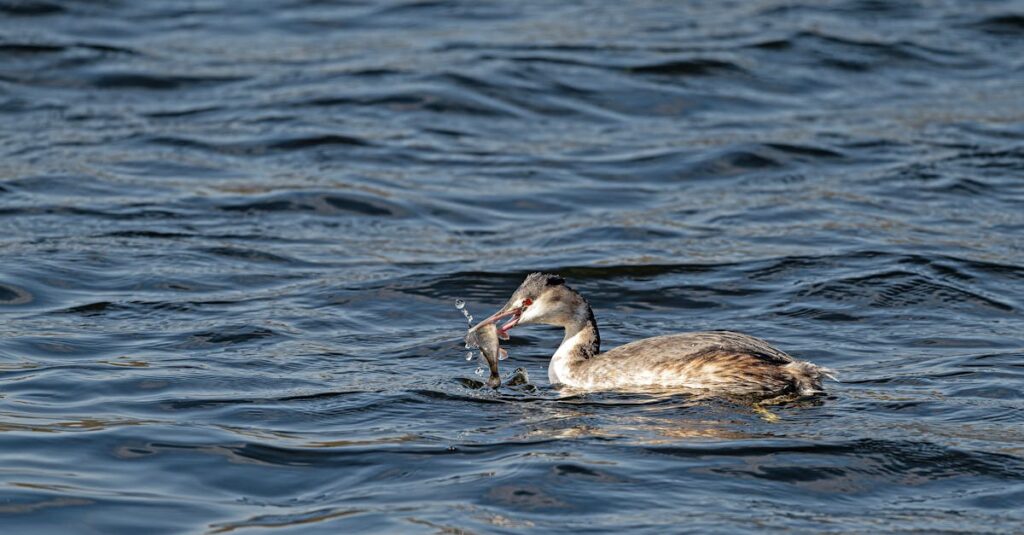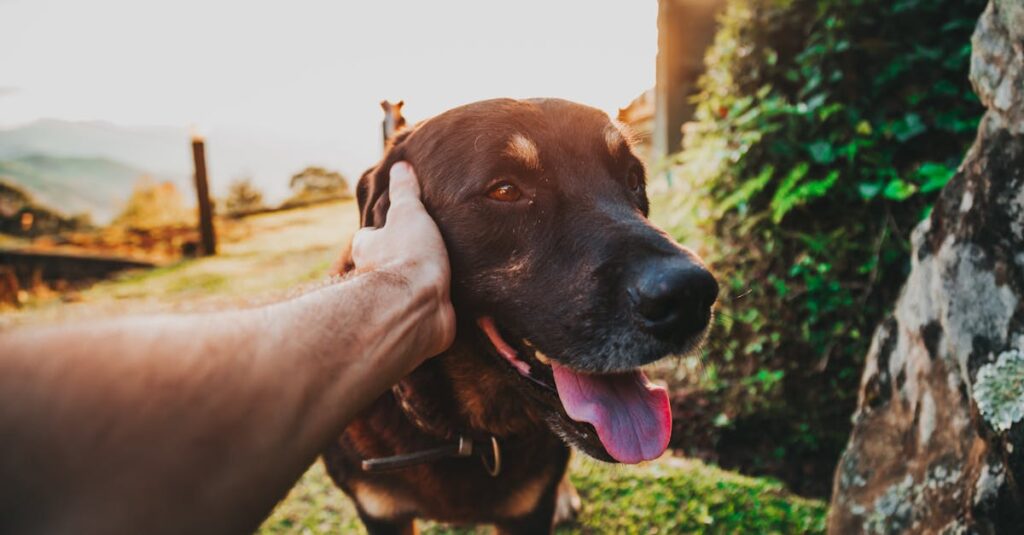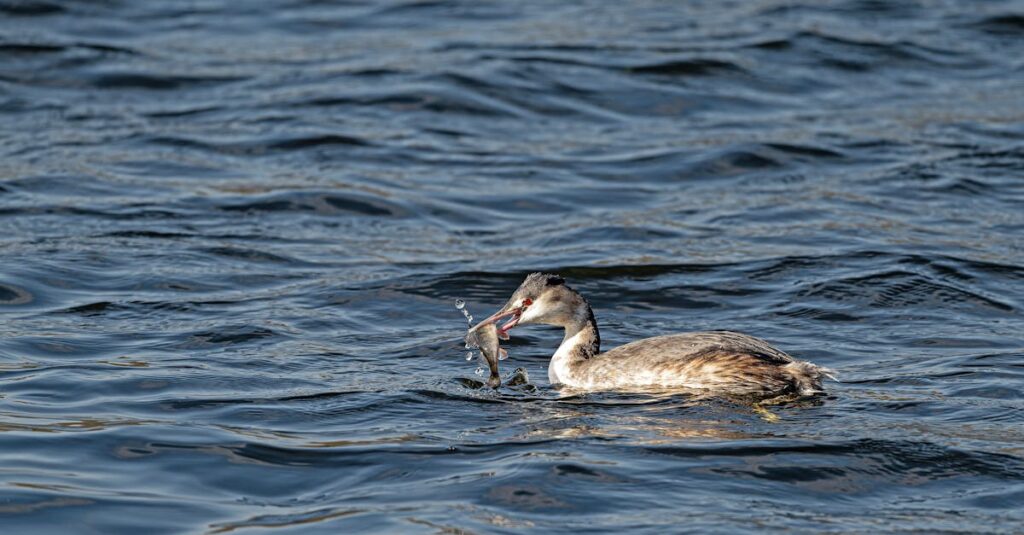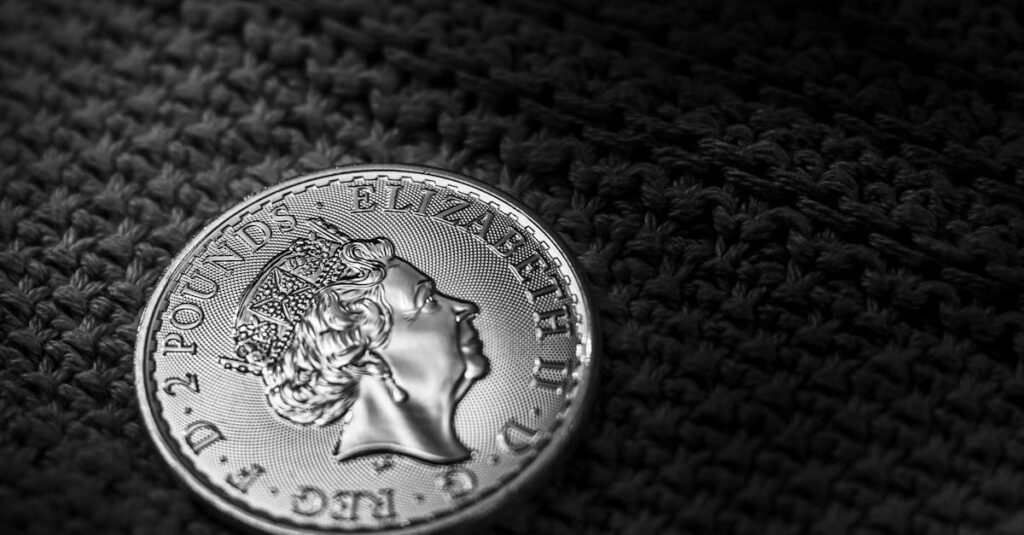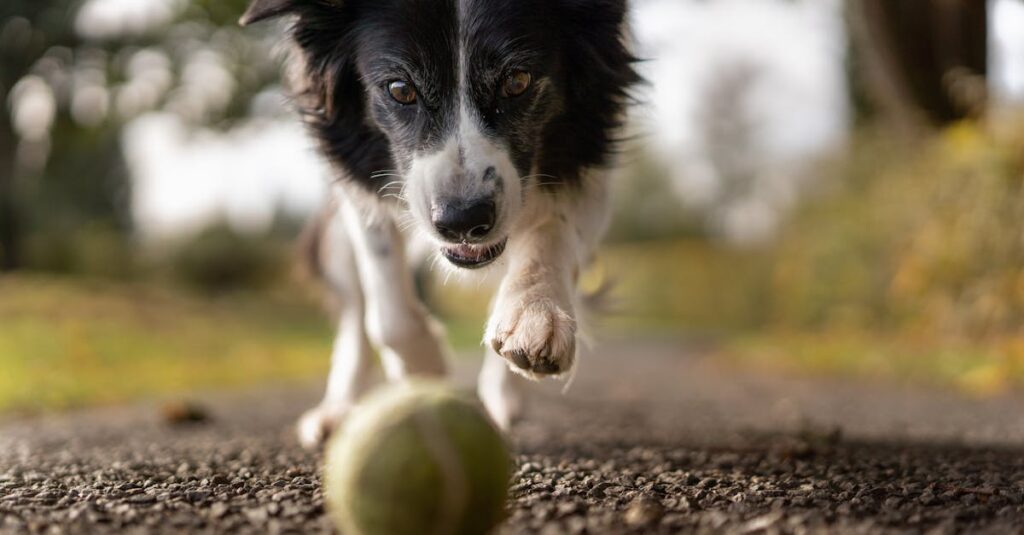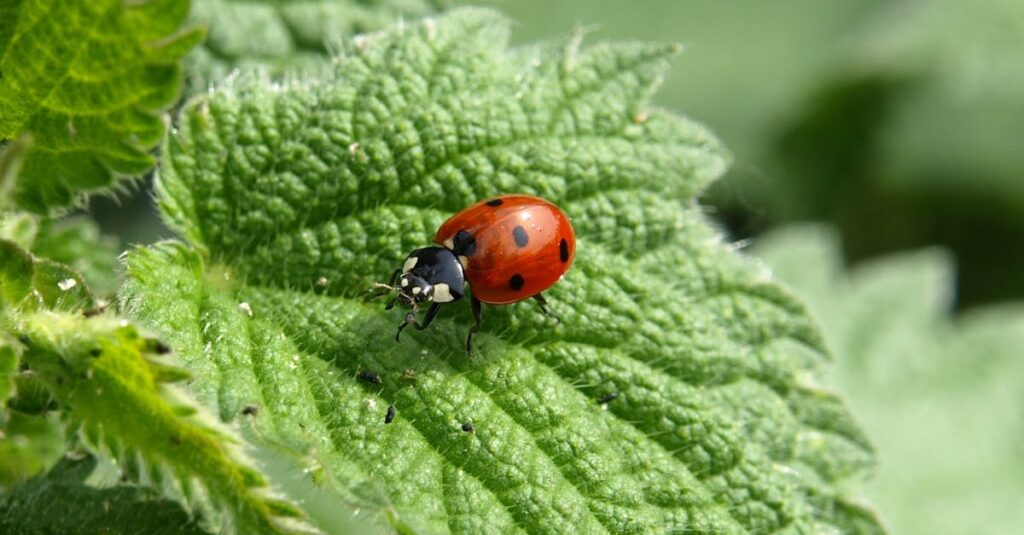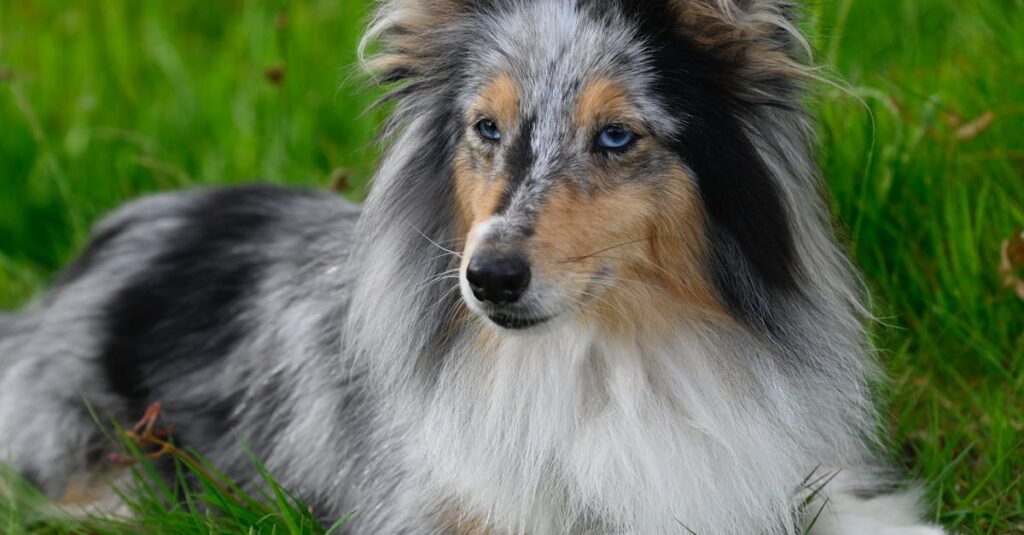Great Dane, often known as the Gentle Giant, captivates dog lovers worldwide with its impressive stature and affectionate nature. Yet many don’t realize that despite its name, this breed wasn’t born in Denmark but was crafted in Germany during the 1800s as a formidable boar hunter. Today, these elegant giants grace family homes, blending strength and grace with remarkable gentleness. Understanding their unique characteristics, care demands, and health needs is essential for any potential owner. This comprehensive guide unveils everything you need to confidently welcome and care for a Great Dane in your life.
Great Dane Dog Breed Size and Physical Characteristics 🐾
One of the most striking facts about Great Danes is their sheer size. They are the tallest dogs in the world, known not only for height but also for their noble and graceful appearance. A fully grown male can reach up to 32 inches at the shoulder and can weigh as much as 175 pounds. Females are slightly smaller but still imposing, with up to 30 inches in height and approximately 140 pounds.
Despite their size, they carry themselves with an elegance that belies their giant frame, often earning the nickname « the Apollo of dogs. » Their long legs and strong bodies give an impression of power combined with gentle poise.
Key physical features of the Great Dane:
- 🏅 Height: 28–32 inches (males), 26–30 inches (females)
- ⚖️ Weight: 140–175 pounds depending on gender
- 🦴 Bone structure: Sturdy and well-muscled but not stocky
- 👀 Coat: Short and smooth, easy to groom
- 🧡 Expression: Alert, intelligent, and friendly
| Attribute | Male | Female |
|---|---|---|
| Height (inches) | 28–32 🐕🦺 | 26–30 🐕 |
| Weight (lbs) | 150–175 🏋️ | 110–140 🎯 |
| Average Lifespan (years) | 7-10 ⏰ | |
Understanding the Gentle Giant’s Temperament and Social Needs 🐶❤️
The Great Dane is celebrated not just for their size but more importantly for their gentle disposition. Their nickname, Gentle Giant, really sums up their personality — patient, friendly, and deeply affectionate.
They thrive on interaction and love spending quality time with their human families and other pets, thriving especially in social environments. This makes them wonderful companions for children, though supervision is critical to prevent any accidental roughhousing given their size.
- 💞 Affectionate: Craves attention and physical closeness
- 👭 Social: Enjoys companionship of people and other dogs
- 👶 Great with kids: Patient but requires guidance on gentle play
- 🛑 Supervision: Never leave unsupervised with toddlers due to size
- 🐕 Socialization: Early training important for interaction skills
- 🎓 Start training early to encourage obedience and calmness
- 🌳 Provide ample social exposure to people and animals
- 👋 Use positive reinforcement techniques
- 🦮 Choose consistent commands to avoid confusion
- 🏡 Invest in secure fencing — these dogs love to follow scents
Essential Daily Exercise for a Healthy Great Dane 💪🐕🦺
Despite their large frame, Great Danes aren’t marathon runners. However, they do require regular exercise to stay fit and maintain mental stimulation.
Puppies, in particular, have bursts of energy that need to be channeled constructively. For adult dogs, two brisk daily walks suffice, and they can become loyal jogging companions once past the age of two.
- 🚶 Walks: Two daily sessions of 30-45 minutes are ideal
- 🏃 Jogging: Suitable only from 2 years onward to protect joints
- 🐕♂️ Playtime: Moderate outdoor play to avoid overexertion
- 🧠 Mental exercise: Puzzle toys and training to keep the mind sharp
- ⚠️ Leash walking: Always use a leash during walks due to their hunting instincts
Health Concerns and Lifespan of Great Danes: What Owners Should Prepare For 🏥🐾
Owning a Giant Breed like the Great Dane means understanding certain health risks and preparing for a relatively shorter lifespan compared to smaller breeds. These gentle giants typically live between 7 to 10 years, with some variation due to genetics, diet, and care.
Common health issues include:
- 🫀 Bloat (Gastric Dilatation-Volvulus): A life-threatening condition requiring prompt veterinary attention
- 🦴 Hip dysplasia: Joint malformation causing pain and mobility problems
- 💓 Cardiomyopathy: Heart muscle disease common in large breeds
- 👁 Eye conditions: Including cataracts and entropion
- 🦷 Dental care: Routine cleaning to prevent periodontal disease
| Health Issue | Prevalence | Precautions |
|---|---|---|
| Bloat | High ⚠️ | Feed smaller meals, avoid exercise after eating |
| Hip Dysplasia | Moderate | Maintain healthy weight, regular vet checks |
| Cardiomyopathy | Moderate | Routine heart screenings, balanced diet |
For optimal dog health, partnering with a knowledgeable veterinarian and ensuring a balanced diet of quality dog food suitable for giant breeds is critical.
Pet Care Essentials: Feeding, Accessories & Home Preparation for Your Great Dane 🍽️🏡
Caring for a Great Dane involves more than love and walks. Their size demands special attention in feeding, suitable accessories, and adapting your living space.
- 🍖 Feeding: High-quality, nutrient-rich giant breed dog food supports their fast growth and long-term health
- 🦴 Portion control: Multiple small meals to prevent bloat
- 🛏️ Accessories: Orthopedic beds help prevent joint pain
- 🦴 Leashes and collars: Strong and durable, fitting large necks comfortably
- 🏠 Home safety: Secure fences and spacious living areas to accommodate their size
Tips from experienced Great Dane owners:
- 🛒 Buy accessories designed for giant breeds only
- 🧴 Regular grooming to keep coat shiny and skin healthy
- 🔄 Establish a daily care routine that includes hygiene and exercise
- 📅 Schedule regular vet checkups and vaccinations
- 🎾 Provide safe chew toys to protect furniture
Why Great Danes Make Wonderful Family Pets: A Summary for Dog Lovers and Potential Owners ❤️🐾
Great Dane owners often share the joy of raising a dog that pairs incredible size with gentle temperament. They combine the majesty of a giant breed with the heart of a loyal friend. If you are prepared for their needs in pet care, training, and accommodation, these dogs can enrich your life like no other.
- ✔️ Easy to train due to friendly, eager-to-please nature
- ✔️ Great with children and other pets
- ✔️ Perfect for those seeking a protective yet loving companion
- ✔️ Requires commitment to exercise and health maintenance
- ✔️ Needs a dedicated home environment sized for their stature
Frequently Asked Questions About Great Danes ❓🐕
- Q: How much exercise does a Great Dane need daily?
A: Typically, two brisk walks lasting 30-45 minutes each, plus some playtime. Puppies need more frequent, shorter bursts of activity. - Q: Are Great Danes good with kids?
A: Yes, they are patient and affectionate, but supervision is essential due to their large size. - Q: What are common health issues in Great Danes?
A: Bloat, hip dysplasia, and heart conditions are prevalent; proper care and regular vet visits help manage risks. - Q: How long do Great Danes typically live?
A: Their lifespan ranges from 7 to 10 years, shorter than many other breeds due to their giant size. - Q: Where can I find reliable information and accessories for Great Danes?
A: Visit TTS Great Danes for expert advice, quality products, and community support.

